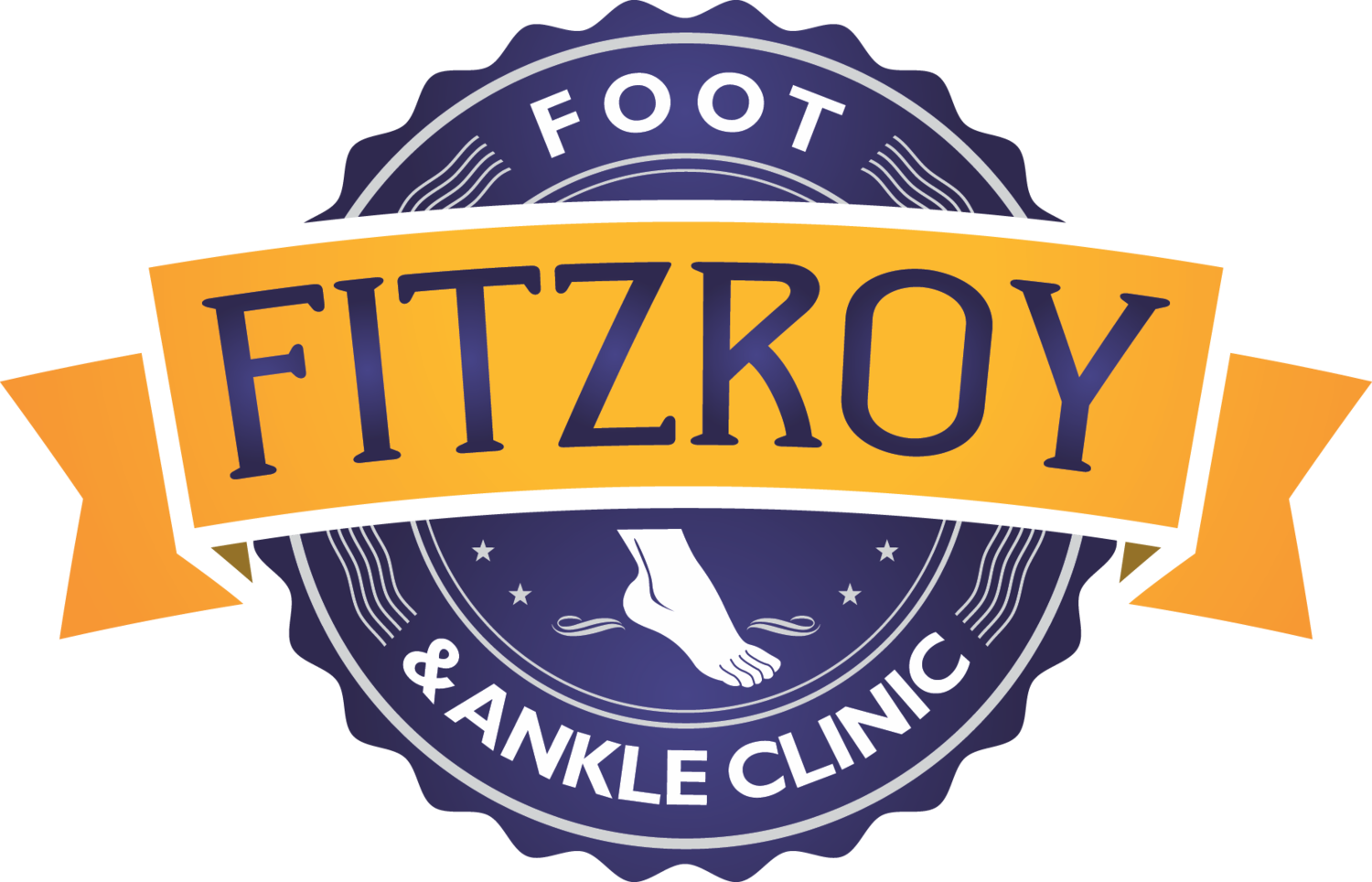Shockwave Therapy: The Fitzroy Way
For some people, prolonged walking and standing may cause sharp pain on the feet. We commonly use shockwave therapy to treat foot or heel pain that may persist, especially if it makes the first morning steps difficult. Shockwave is an excellent treatment option for people who have tried other options to relieve the pain, but the pain still persists.
For chronic pain, shockwave therapy is a non-surgical treatment option that can provide long-term pain relief. For shockwave therapy near you, make a time to see our podiatrists at Fitzroy Foot and Ankle Clinic.
Shockwave Therapy and its Benefits
Shockwave therapy is the application of high-intensity sound waves called ‘shockwaves’ through a unique, electronic handpiece. The application of shockwaves benefits individuals with foot and heel pain by:
Promoting an inflammatory reaction which increases metabolic processes around the pain site for faster healing
Modulating pain transmission by the shockwaves saturating the pain receptors, leading to a decrease in pain sensation
Strengthening tissue by the shockwaves stimulating collagen synthesis in tendons and ligaments.
Indications for Shockwave Therapy
Shockwave treatment can help several different conditions of the foot and ankle. Shockwave is particularly helpful to heal chronic tendon or muscle problems. At Fitzroy Foot and Ankle Clinic, our podiatrists primarily use shockwave therapy as part of an overall management plan for:
Actual Shockwave Therapy
A typical shockwave treatment uses an electronic handpiece and delivers about 2000 shocks (a bit like a small hit to the painful area). Usually, a shockwave session lasts for 4 minutes. However, the number of sessions and the duration of each session may vary based on the severity and chronicity of the injury. During the sessions you may feel some discomfort, but this can be reduced at the time by your podiatrist.
Number of Shockwave Sessions
You will need 3 to 5 sessions at an interval of 1 week for maximum pain treatment. You may look for shockwave therapy near you to ensure continuous treatment of your foot and heel pain.
Expectations After Shockwave Treatment
After the therapy, patients often feel the area is slightly numb, and their heel pain has reduced. If you are having your first session, the pain usually returns the following day, however this pain relieving effect should continue with more treatment sessions. It is common for people to experience bruises, or swelling on the treated site when shockwave is applied to the foot.
Successful treatment rates for shockwave therapy are about 80 to 90% worldwide. Expect long-term benefits after 3 to 4 months of treatment. Bear-in mind, that although there are high success rates reported, this treatment, like most treatments, does not work for everyone.
Contraindications for Shockwave Therapy
There are certain considerations prior to commencing shockwave therapy. Before starting treatment, search for shockwave therapy near you to determine if your condition can benefit from shockwave. Your podiatrist will explain the safety consideration to you in greater detail, but the key considerations include:
Pregnant women
People with blood coagulation disorders
People with metal implants in the treatment site
A recent history of corticosteroid injection in the area
People with a lack of sensation in the area
Final Words
Shockwave therapy is a practical, non-surgical management for chronic foot and heel pain due to its pain-blocking and tissue healing effects. Book an appointment online at Fitzroy Foot and Ankle Clinic and experience excellent shockwave therapy for your foot and heel pain.
Shockwave therapy is a safe and effective treatment option. For people with plantar fasciitis or Achilles tendonitis who are keen to return to activity, shockwave therapy can be an excellent method to address pain and facilitate exercise.
Our podiatrists have several years of experience using shockwave. Click the link below to chat with us about how shockwave can help you.


